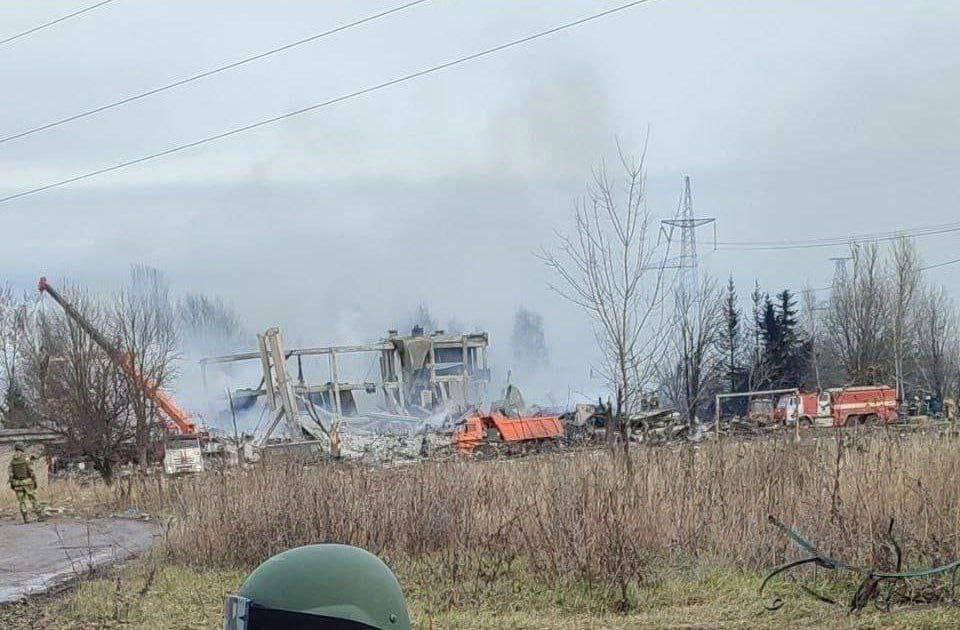Observation: in the past three weeks the reported use of #shahed136 has declined significantly.
Early estimates (September) suggested Russia had planned to obtain 1,800 - 2,400 aerial munitions from Iran, either directly, or through relicensed assembly; many are Shahed-136.
Early estimates (September) suggested Russia had planned to obtain 1,800 - 2,400 aerial munitions from Iran, either directly, or through relicensed assembly; many are Shahed-136.
Interceptions have slowed, implying use of the drone has declined. Increasing failure rate of interception is highly unlikely.
A few possibilities:
1. Attrition
2. E/W countermeasures
3. Stock replenishment cycle
4. Fewer media reports
5. Supply interruption
6. Training cycles
A few possibilities:
1. Attrition
2. E/W countermeasures
3. Stock replenishment cycle
4. Fewer media reports
5. Supply interruption
6. Training cycles

An expansive look at the Shahed-136 can be found in an earlier thread.
https://twitter.com/osint_east/status/1586387404889329666?s=20&t=NGX9PoA_iM2J4wCUfY7OBA
One additional consideration informing the declining use of the Shahed-136: weatherproofing. The precipitous decline conforms roughly with increasing cloud cover + humidity in Ukraine beginning late November.
h/t @RALee85
4/
h/t @RALee85
https://twitter.com/RALee85/status/1599825940896530448?s=20&t=8FGNDuO7r18Tl6mH42qwew
4/
Bear in mind that the Shahed-136 was designed by a nation where long, very hot summers & cool dry winters preside, and for use in a region characterized by ultra-hot arid climates with extremely low dew points and minimal cloud cover.
h/t @davidhelms570
h/t @davidhelms570
https://twitter.com/davidhelms570/status/1599782350506033152?s=20&t=8FGNDuO7r18Tl6mH42qwew
• • •
Missing some Tweet in this thread? You can try to
force a refresh











